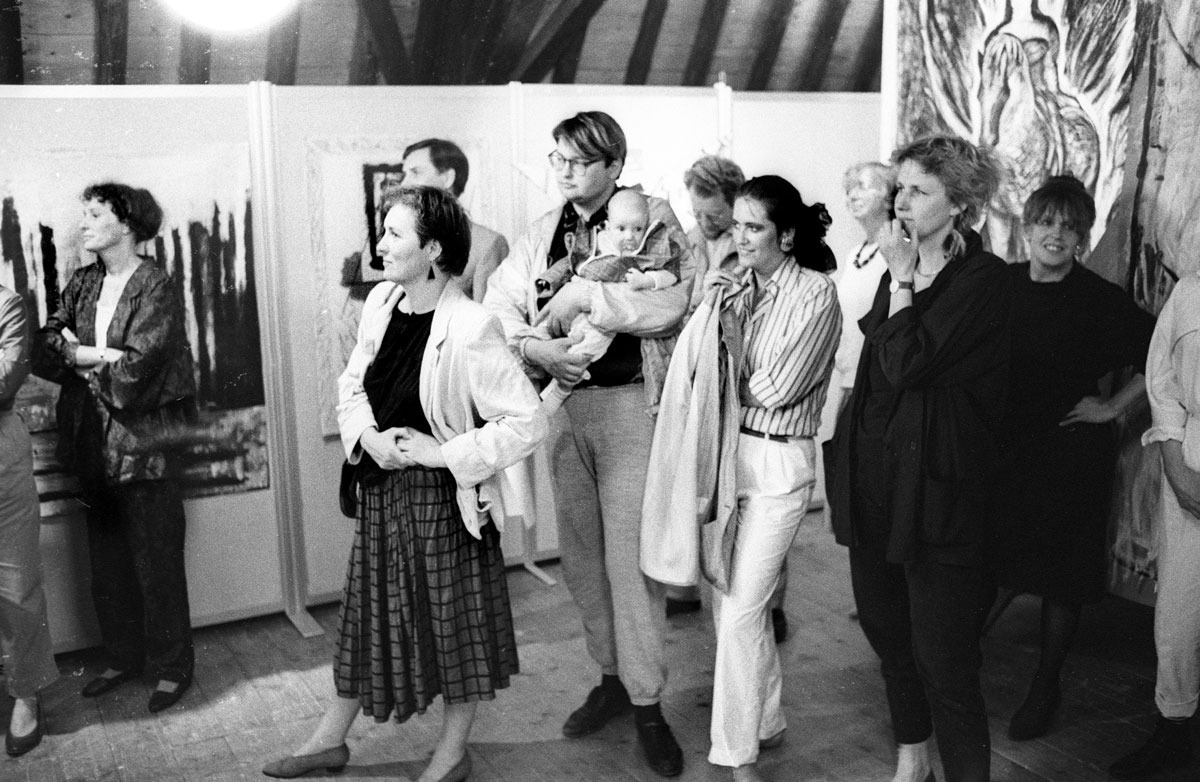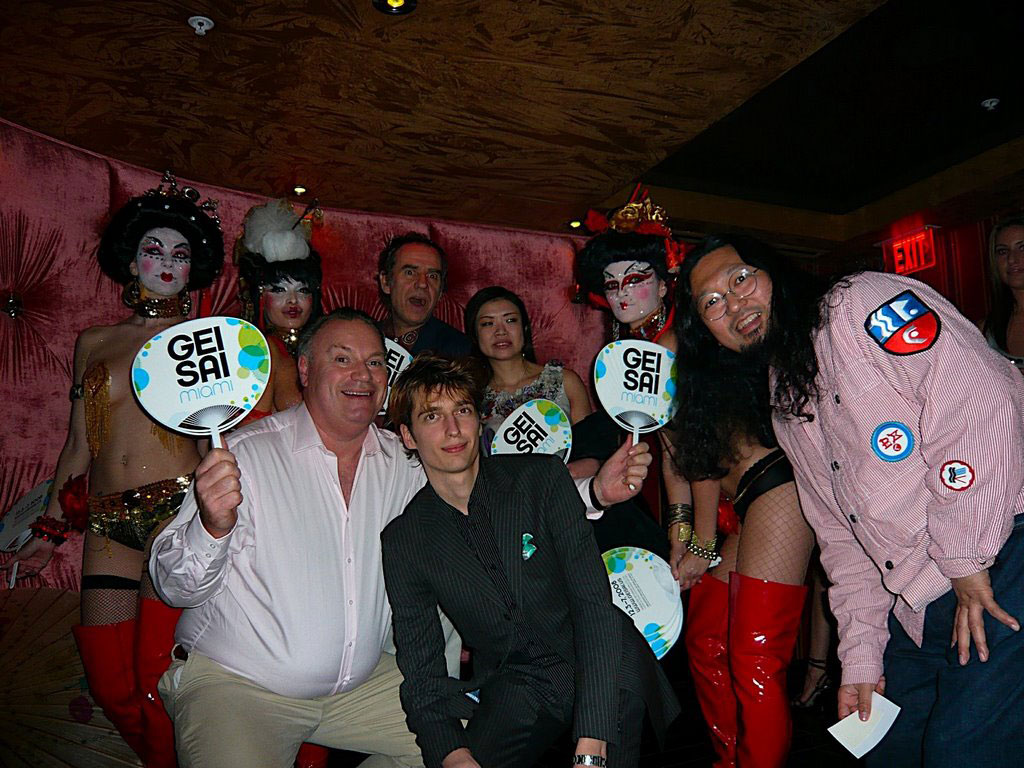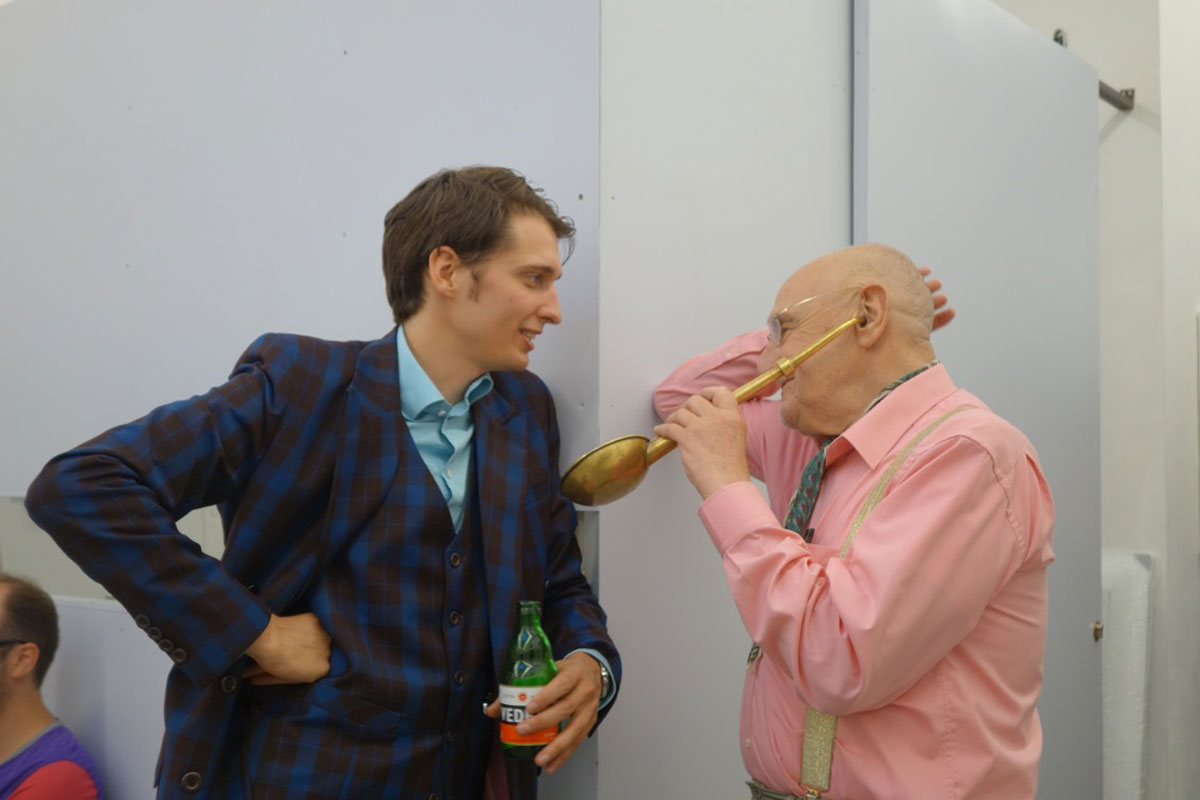13 may 2022, Oscar van Gelderen
The gallery of... Mo van der Have
We’re you exposed to art at home?
Yes. Also, the foundations of my early jobs were always grounded in the arts. Early memories of art fairs, and visits to artists' studios. Many of family outings were linked to arts-related experiences. So I have been spoon-fed art from an early age.
How did you come into contact with the art world?
My father started a gallery in 1984, and my mother is an artist. I was born in 1985; as a result, my own youth was always inextricably linked to the arts. Most holidays were tinged with an art colour, through visits to museums, artists, curators, special exhibitions or art fairs. One of the first moments I can remember was a visit to Teun Hocks' studio; he always built whole sets in his studio. It was a kind of playground for young children with fantastic attributes. Papier-mâché axes, trees and horses.
What was your first job in a gallery? Or did you immediately start a gallery yourself?
Gradually, I started assisting in my father’s gallery. Starting out with stickering the invitations to transporting and packing artworks. Later on, I also took the gallery’s online presence and the first social media expressions upon me. Ultimately, I also assisted my father at local and international art fairs. When he passed away in 2009, I took over the gallery.
How would you describe your gallery’s profile?
From the very beginning, the gallery has always had a similar profile. We show art that is progressive and unique in its own way. As a consequence, we do not work with your average artist. We showed early staged (fashion) photography by, for example, Viktor & Rolf, which was not an established art form at the time, and these days we programme art that uses new techniques such as 3D printing or other digital art forms. Or someone like Tinkebell, who doesn't use a fixed medium for her artwork. This can vary from the use of texidermied animals to particulate matter from the Tata Steel plant near IJmuiden.
What do you think is the best part of being a gallerist?
That every week brings a new surprise, artists who have a fantastic idea or a superb plan for an exhibition. I let myself be surprised, giving the strength and passion needed to produce a beautiful exhibition. Also making customers happy, whom we can please by hanging a work of art at their home.
One of the unexpectedly pleasurable experiences is having to organize 'private viewing'. In this case it was quite an adventure, because the viewing took place in New York at a special location, organized by a company that specializes in this and arranges this type of viewings more often. The Warhol was owned by customer of ours, which I could sell through another party. The potential buyer wanted to remain anonymous, so an intermediary was brought in. A special 'password/code word' was therefore used during the viewing: 'strawberrry'. We brought the work to the site, and it was shown to the buy
Which national / international galleries do you feel an affinity with?
We have ties with many galleries. Since I took over the gallery, I have known most galleries from an early age, and because of that you have a good relationship with many of them: from established international galleries in New York to the new gallery owners in Amsterdam. Due to the long history of the gallery, I know most gallery owners personally.
In an ideal world, which artist would you most like to represent?
I think I would enjoy staging a high-profile exhibition with an artist you wouldn't come across in the Netherlands all too often, someone like Ai Weiwei. I would love to make an exhibition on the moon.
What has changed in the art world since you took your first steps?
The world has changed a lot with the advent of the internet, which has created a new form of collecting. The auctions also play a major role these days, which you should keep a close eye on. It's not all things you want to deal with yourself, but it's part of it. The social media channels are getting bigger and bigger, and are gaining ever more influence. The traditional role of the gallery is also changing. Nowadays, you must master multiple facets and this applies to the artists too. In addition to making the artworks, they must also contribute to their promotion through their social media and website. In the old days, it was mainly about making art and bringing it to a gallery.
What / whose work do you collect yourself?
I have a varied collection of artworks. Many works from my parents' collection, which I slowly supplemented it with my own finds. One of my first purchases was a small statue by Japanese artist Takashi Murakami. I had worked a lot for my father and was finally allowed to buy a work of art, after a lot of nagging and hours of hard work I succeeded.
Has the pandemic changed the way you see the artworld?
The way you deal with communication has changed; you need to plan more for social media and ensure that the works in an exhibition can also be easily viewed online. The world has become a bit smaller, long-distance travel has been temporarily put on hold and everyone is orienting themselves a bit more locally. Visiting international exhibitions and fairs has also changed a lot. Perhaps that will return.






